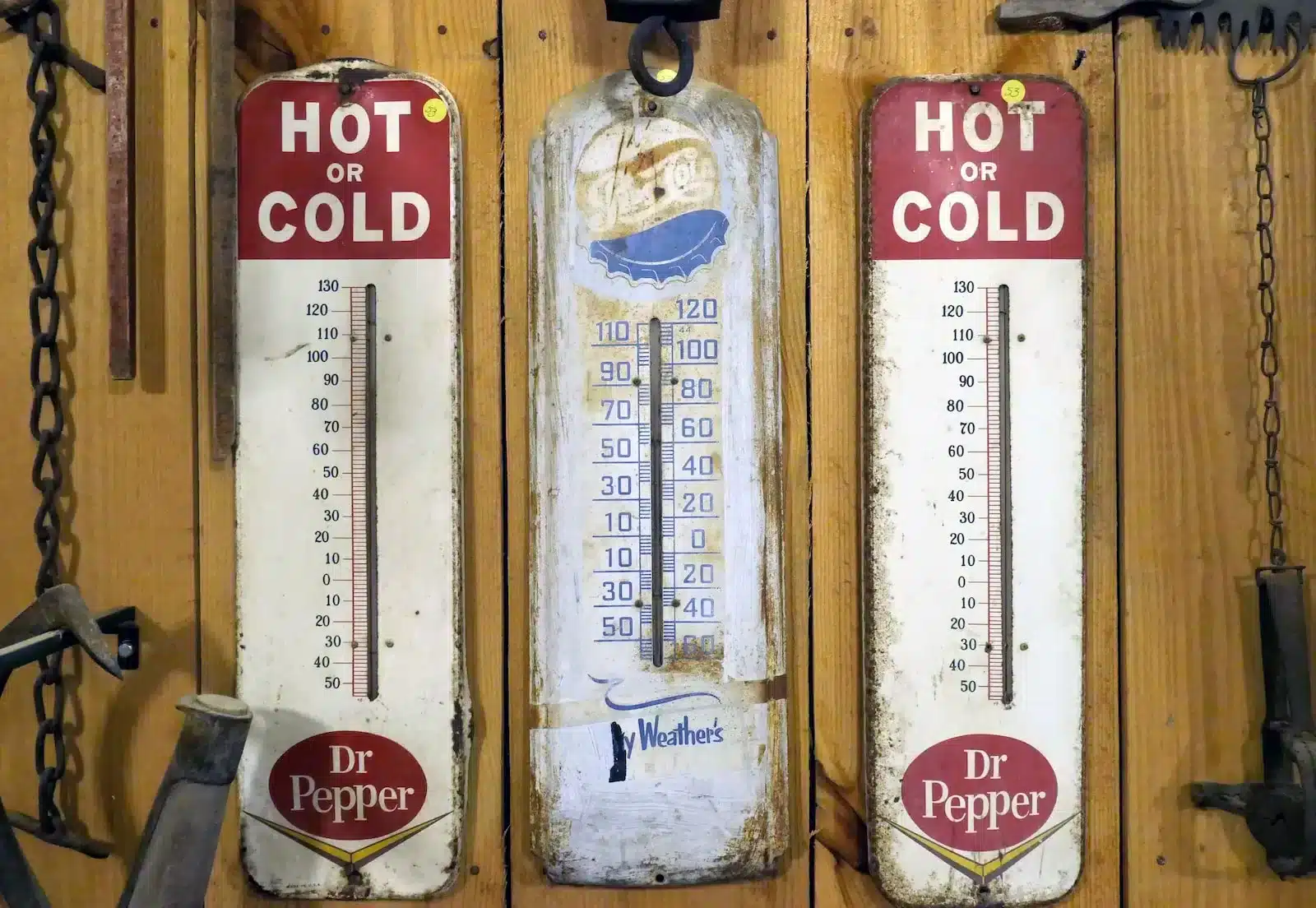
The temperature control on your fridge is one of the most important features that affects the performance and efficiency of your cooling system. The temperature control allows you to set the desired temperature for the fridge and freezer compartments, which helps to keep your food fresh and safe.
But how do you adjust the temperature control on your fridge? And what is the ideal temperature for your fridge and freezer? In this post, we’ll show you how to adjust the temperature control on your fridge in a few simple steps, depending on the type and model of your fridge. We’ll also give you some tips on how to maintain the optimal temperature for your fridge and freezer.
To adjust the temperature control on your fridge, you need to locate the temperature control knob, button, slider, or display on your fridge. Then, you need to adjust the temperature setting according to your preference and wait for at least 24 hours for the temperature to stabilize. The ideal temperature for your fridge is 37°F (3°C) and for your freezer is 0°F (-18°C).
Here’s a detailed guide on how to adjust the temperature control on your fridge, depending on the type and model of your fridge.
Some fridges have a dial thermostat that is located inside the fridge compartment, usually on the top or side wall. The dial thermostat may have a range of numbers from 1 to 5 or 1 to 10, or it may simply be a range from “cold” to “coldest”. To adjust the temperature control on these fridges, follow these steps:
Some fridges have a sliding gauge thermostat that is located inside the fridge compartment, usually near the light bulb. The sliding gauge thermostat may have a range of numbers from 1 to 5 or 1 to 10, or it may simply be a range from “cold” to “coldest”. To adjust the temperature control on these fridges, follow these steps:
Some fridges have a digital display or keypad that is located on the front of the fridge near an ice dispenser or on the inner edge of the fridge door. The digital display or keypad may show you the current temperature setting or allow you to set a specific temperature for your fridge and freezer. To adjust the temperature control on these fridges, follow these steps:
Adjusting the temperature control on your fridge is not enough to ensure optimal cooling performance and food safety. You also need to maintain proper airflow and avoid overloading or underloading your fridge and freezer. Here are some tips on how to maintain optimal temperature for your fridge and freezer:
The temperature control on your fridge is one of the most important features that affects the performance and efficiency of your cooling system. The temperature control allows you to set the desired temperature for the fridge and freezer compartments, which helps to keep your food fresh and safe.
To adjust the temperature control on your fridge, you need to locate the temperature control knob, button, slider, or display on your fridge. Then, you need to adjust the temperature setting according to your preference and wait for at least 24 hours for the temperature to stabilize. The ideal temperature for your fridge is 37°F (3°C) and for your freezer is 0°F (-18°C).
We hope this post helped you learn how to adjust the temperature control on your fridge in a few simple steps. If you have any questions or comments, please feel free to share them below. And don’t forget to check out our other posts on PressToCook.com for more fun and researched kitchen appliance and food safety tips. Thanks for reading!
